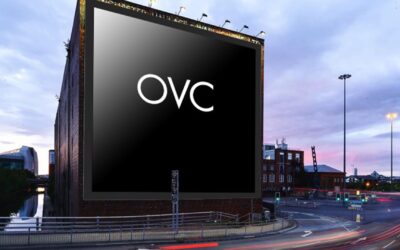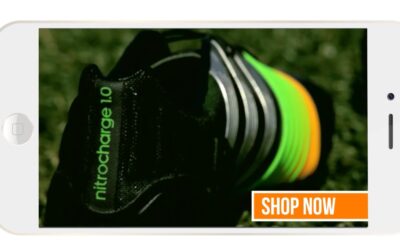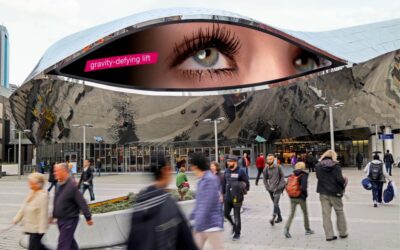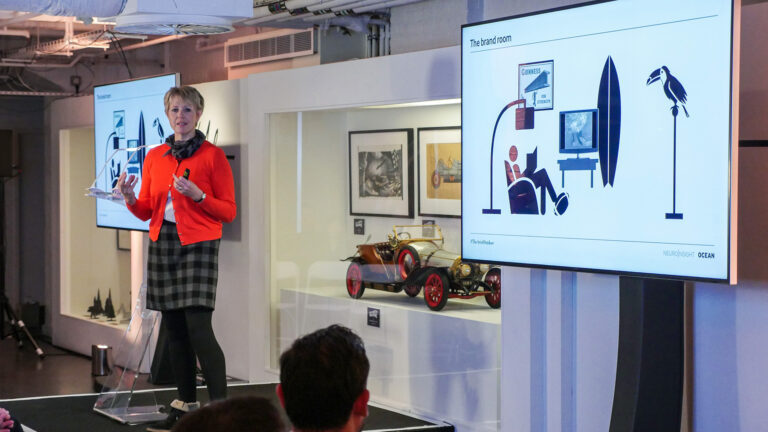A study carried out in Manchester has revealed that full motion digital out of home (DOOH) advertising is 2.5 times more effective than static sites.
It also showed that online video performed better when DOOH was included as part of the media plan.
The research was carried out by Neuro-Insight on behalf of Ocean Outdoor and used brain imaging to explore the neurological impact of DOOH content on audiences.
These were benchmarked against responses obtained for television and online video campaigns.
It found that both static and full motion content delivered high levels of positive emotional response, but full motion creative delivered more branded peaks of memory encoding.
The net impact of these measures in combination equated to a 2.5 stronger impact for full motion digital out of home compared to static.
The results also indicated that full motion DOOH has a comparable impact to television and has the capability to build brand equity rather than just deliver a brand impact.
“Previous neuroscience studies have established that iconic, large format advertising delivers heightened emotional response and strong memory encoding, and that this impact is heightened by full motion content,” said Ocean head of marketing Helen Haines.
“We also knew going into this study, that premium sites have a positive priming effect on other OOH advertising. This new study takes those learnings further to show that full motion content delivers 2.5 more brand impacts over static displays.
“We’ve now established that DOOH delivers brain responses that are comparable to that of television advertising and that it works in a similar way, delivering multiple impacts and a strong emotional response: two key components that contribute to driving real world sales.”
Researchers also examined short form video, to see how it performed in DOOH environments compared to online.
The results indicated that short-form online video content elicited higher levels of response when delivered via a full motion DOOH screen and delivered more peaks of branded memory response.
They concluded that the presence of full motion DOOH alongside an online campaign gives opportunities to positively prime the brain to respond strongly to content when seen subsequently in an online context.
“Full motion DOOH is a growing delivery vehicle for short-form video content, but the study shows that it primes the brain to respond more strongly when the same content is viewed online. Which means online video campaigns will perform better if full motion DOOH is included in the media plan,” continued Haines.
Fieldwork was carried out in Manchester, with more than 100 participants. They walked passed 3 static and full motion displays for brands including New Look, Netflix, Warburtons, Pixar, Tag Heuer and Gucci.
In a study room, they then watched a film of what they have just seen, with headsets recording their brain responses to content on the displays.












